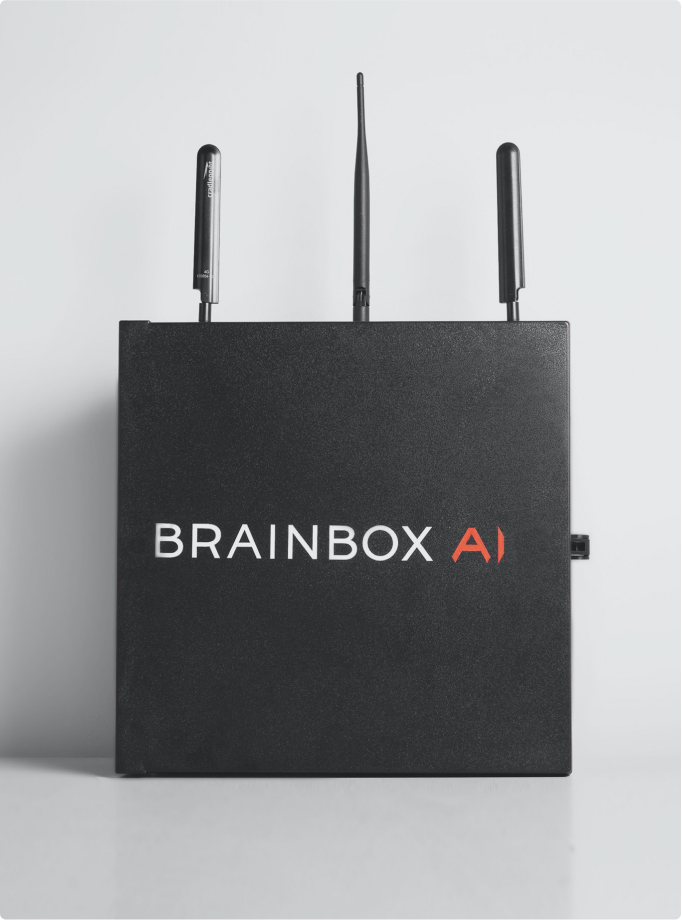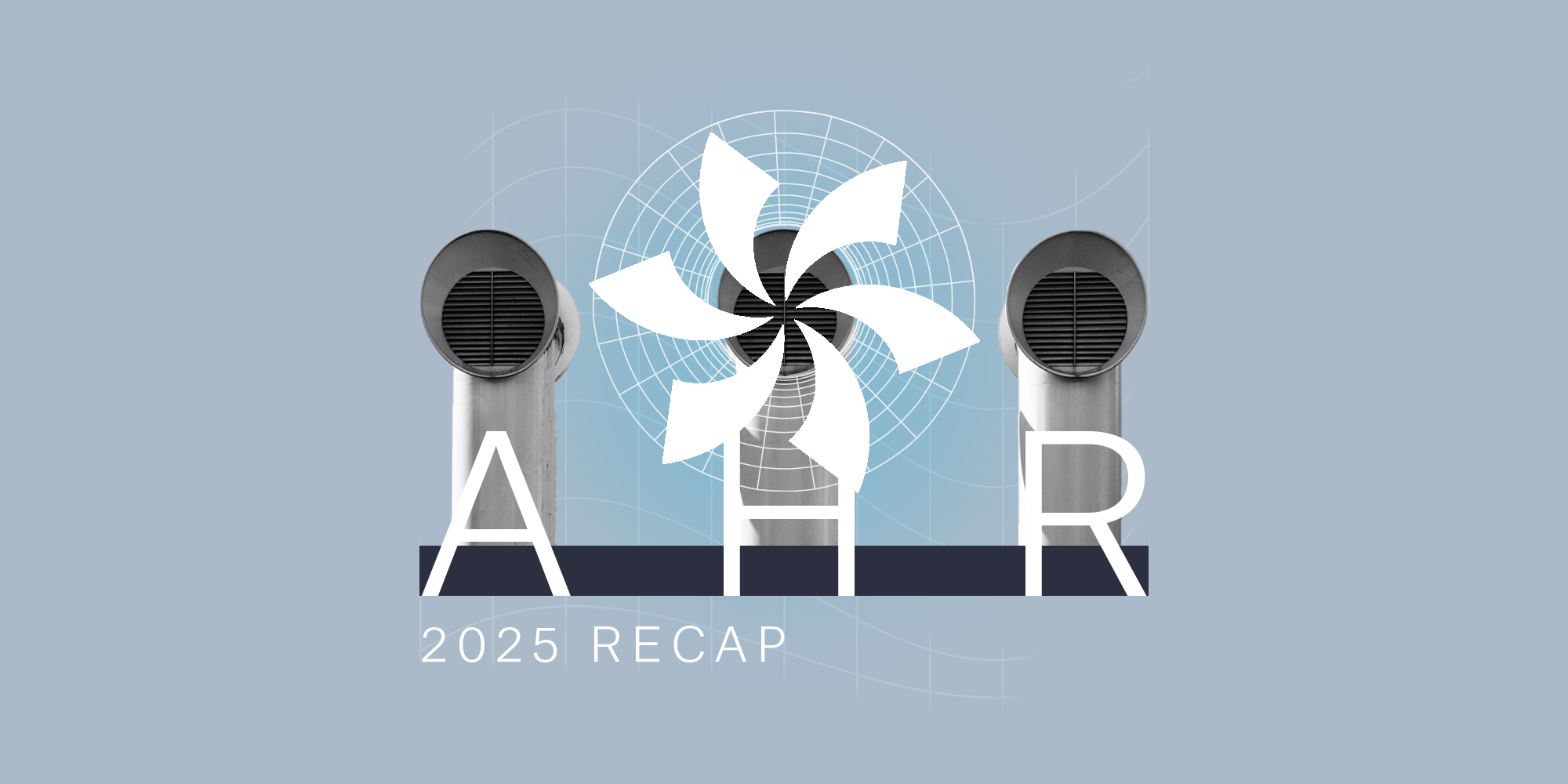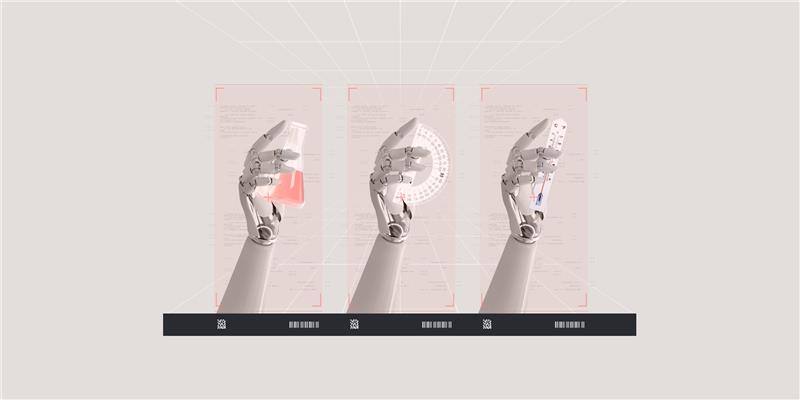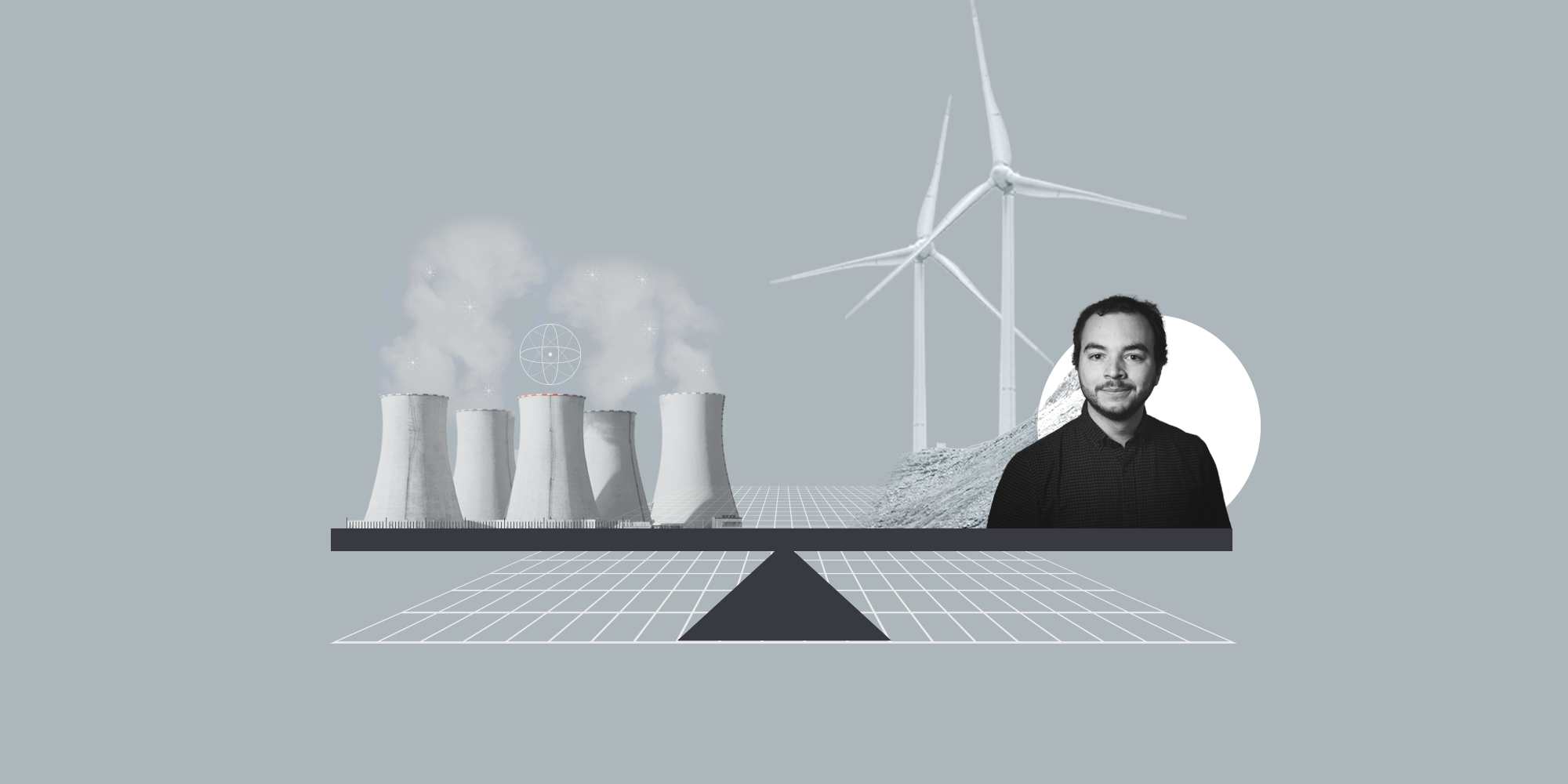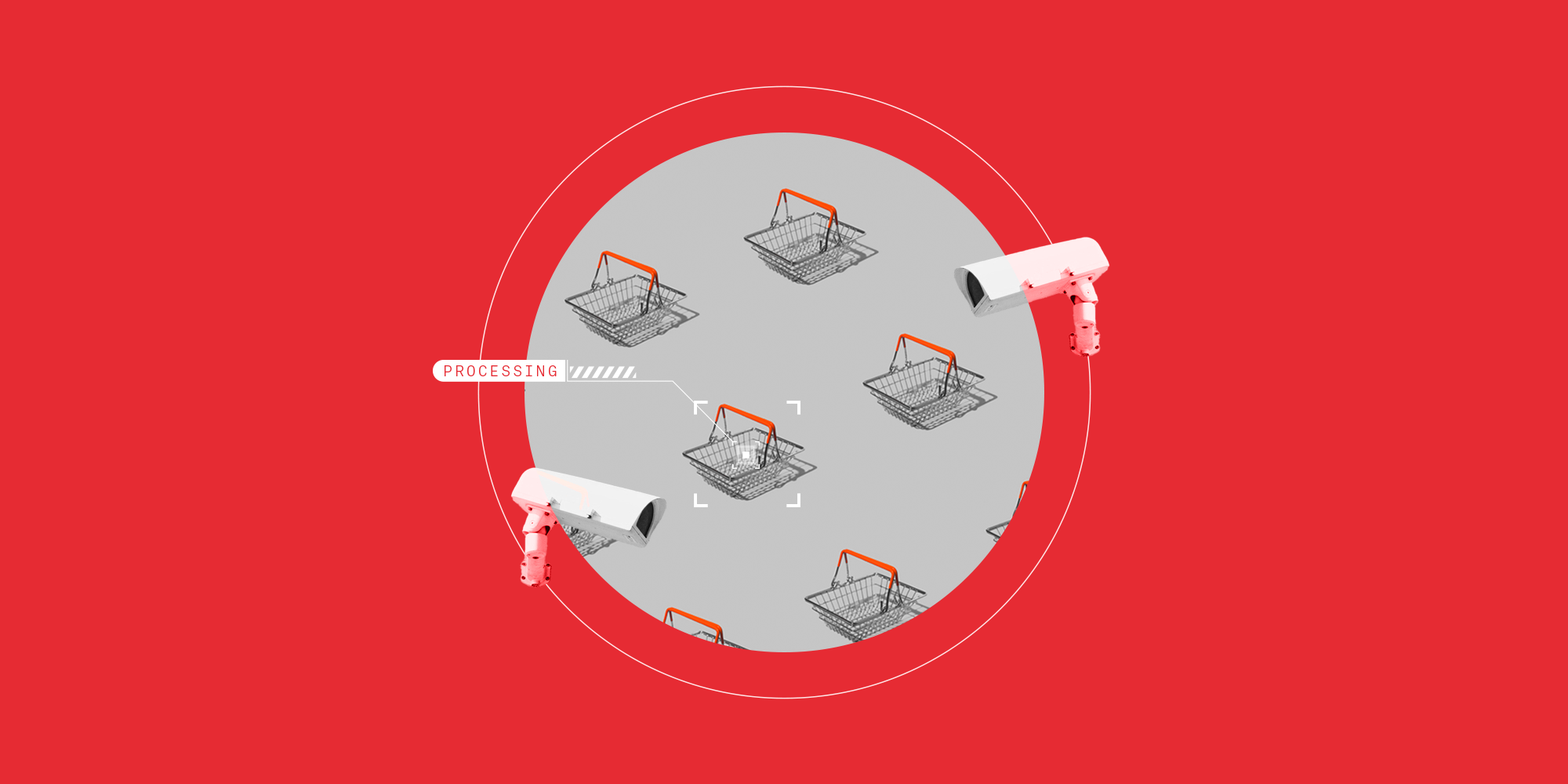AI-Connected Buildings: Pioneering a More Flexible Grid

AI-Connected Buildings: Pioneering a More Flexible Grid
We are facing more energy shortages and an urgent environmental crisis. To combat these, BrainBox AI is working on a scalable, impactful solution that leverages existing infrastructure.
Overburdened grids and rising temperatures are real and immediate issues. While solutions are being discussed, decisive action that can be rapidly and fairly implemented in both developed and developing countries has yet to be taken. BrainBox AI targets these concerns with the latest advancement in its technology: the first autonomous, AI-based demand-side management software connecting commercial buildings to provide energy and capacity to the grid. This novel solution will oversee multiple buildings' energy demands to facilitate grid flexibility, lower energy costs, and decrease harmful emissions - all while making use of existing infrastructure.
Now is not the time to grid and bear it
Much of our lives depend on energy. Our financial systems, hospitals, transportation and communication networks, water supplies, and heating and cooling systems are completely reliant on a constant supply of electricity. Without a dependable electrical network, our lives would grind to a halt.
Unfortunately, we have seen first-hand the devastating consequences of mass power outages in places such as Venezuela and, more recently, Texas. These instances, experts believe, will only become more frequent with the growing pressure on electricity demand due to rising populations, further electrification driven by new technologies (such as electric cars), and extreme weather events. Additionally, our electrical grid systems will face increasing intermittency as we face an energy transition, shifting toward more renewable energy sources like wind and solar power, which place a unique burden on the grid system due to their weather dependency. In light of all of this, it’s apparent that grid systems must adapt to keep up.
Building resilience: decentralizing grid systems
How to go about changing the grid system has been a topic of intense debate, as it is not only a societal and environmental issue, but an economical one too. Currently, outages are costing the US economy an average of around $18 billion to $33 billion per year. Yet solutions are also proving pricey, particularly those involving the replacement or extensive revamping of energy distribution and transmission infrastructure. In fact, the cost of upgrading the US power grid to meet the changes in energy consumption and production is estimated to be in the trillions of dollars and could take decades to implement. Financially, it would make more sense for now to find a solution that is able to work with the existing grid system by altering the way in which it’s managed.
One way to go about this is to turn our attention to one of the largest consumers of energy worldwide: buildings. According to the US Department of Energy (DOE), buildings account for over 70% of U.S. electricity consumption. In particular, HVAC systems are responsible for around 35% of this, much of which is wasted due to energy inefficiencies.
Already working to drastically reduce the amount of energy consumed by individual buildings’ HVAC systems, clean technologies such as BrainBox AI are rendering existing systems more efficient and autonomous through machine learning and cloud computing. Yet this technology has the potential to serve an even greater purpose. Over the past year, the company has been hard at work developing the next evolution of its autonomous technology, pioneering a solution that brings together networks of BrainBox AI-connected buildings to form the world’s first artificial intelligence-powered ecosystem of grid-interactive efficient buildings (GEBs).
GEBs are essentially a group of buildings pooled together to create a network that optimizes energy use and manages energy demand, providing the flexibility to meet evolving grid needs. On a small scale, GEBs already exist, using manual response approaches or basic rule-based programs. What sets BrainBox AI apart, however, is that (1) it can be integrated rapidly; (2) it autonomously optimizes each component of an HVAC system; (3) it requires no initial investment, making it accessible to a wide range of buildings; (4) it uses artificial intelligence technology that considers internal building data and external datasets, such as weather forecasts, utility tariffs, and pollution levels (which together create accurate, zonal thermal predictions); and (5) it optimizes grid needs while maintaining each GEBs comfort and energy efficiency goals.
Each BrainBox AI-enabled building is connected to one another via the cloud, forming a virtual power plant (VPP). This VPP manages energy demand between the pool of connected buildings, coordinating between each building intelligently and equitably in order to respond to grid requirements. This creates a flexible, reliable, environmentally friendly energy resource that contributes to the active management of the modern electrical grid, either by reducing peak energy demands, modulating the grid load, or providing congestion management services. All this is achieved by leveraging connected buildings’ embedded or latent energy capacity within existing grid infrastructures.
According to the DOE, this load sharing or “load shifting” approach means that buildings no longer have to be passive consumers of energy. In fact, they can become active participants in day-to-day grid operations, effectively decentralizing the grid and taking advantage of times when power is cheaper and cleaner. This solution is not only a more environmentally sustainable option, but it ends up being more economically efficient for individuals who choose to take charge of their buildings’ energy use.
Renewables: good for the planet, tough on today’s grid
It’s easy to see why GEBs are a particularly attractive solution. This is especially the case when considering the unique challenges posed by the growing popularity of renewables. Although cheaper and more environmentally sustainable, these power sources are currently putting substantial pressure on existing grid systems.
There are several reasons for this. Firstly, renewable energy generation systems, such as solar and wind power, have lower capacity contributions, increasing the burden on grids at peak times. They are also intermittent and volatile, relying on weather as a fuel source. This volatility threatens grid stability and puts tremendous pressure on the system operator to respond to sudden changes in available generation to match demand. Secondly, current grid systems weren’t designed to withstand such heavy loads and sudden shifts in energy needs; there are thresholds built into the infrastructure that, if exceeded, will cause blackouts.
Yet despite the challenges created by the energy transition on today’s grids, renewable energy is here to stay. In fact, in 2020, renewables overtook fossil fuels as the EU’s main source of electricity for the first time, as many European countries continue to phase out coal-fired power plants to meet emission-reduction targets. This means that, one way or another, we need to find a solution to make our grids more congruent with renewables without increasing electricity rates.
Developing countries: same problems, fewer resources
This is especially the case for developing countries, which account for 63% of global investments in renewable energy. These countries have a vested interest in implementing clean energy, as renewables are more affordable and help reduce harmful emissions. Not only this, but developing countries are responsible for over half of total carbon emissions, a percentage that continues to rise as their populations and economies grow.
And as emissions increase, so do the effects of climate change. Droughts and heavy rains caused by global warming are hitting developing countries even harder than their wealthier counterparts, resulting in potential devastation for those with no financial buffers. Added to this is the increasing cost of cooling buildings in order to combat climate change-induced extreme temperatures. As Andrew Dessler, a climate scientist at Texas A&M University, recently tweeted, “If you want to cool your house to 75°F and the outside temperature increases from 95°F to 98°F, that *small* change means you need… 1.3x more energy to cool.”
This conundrum of increasing energy use to lessen the discomforts caused by climate change only perpetuates the cycle of emissions and rising temperatures. It also makes energy more expensive and often more carbon intensive, which is unsustainable for countries with lower energy budgets and equal obligations to comply with global climate agreements. Renewables, therefore, are an increasingly affordable and attractive option. However, grid-level challenges remain, compounded by fuel shortages and political instability.
The shift away from centralized grid systems and toward “smart grids” (decentralized systems in which consumers have more control over their energy consumption) is a key component of the grid flexibility desperately required to support the advancement of renewables and deliver more reliable and affordable access to electricity. BrainBox AI’s solution, with its scalability and low installation cost, has the potential to further help developing countries stabilize their energy supply while enabling them to pursue their emission and energy cost reduction targets without the need for external subsidies.
BrainBox AI: a scalable, impactful solution
With a large enough portfolio of connected buildings in both developing and developed countries, the solution that BrainBox AI is currently testing will create demand-side management capabilities at scale. This will work to support the ongoing energy transition and, ultimately, global decarbonization by fostering a more flexible, resilient, affordable, and sustainable energy grid without calling for costly, time consuming infrastructure changes. By managing demand and reducing the amount of energy wasted, BrainBox AI’s technologies can drastically cut energy costs and reduce harmful emissions. Altogether, this could go a long way toward aiding cities and countries worldwide achieve their net zero goals.

